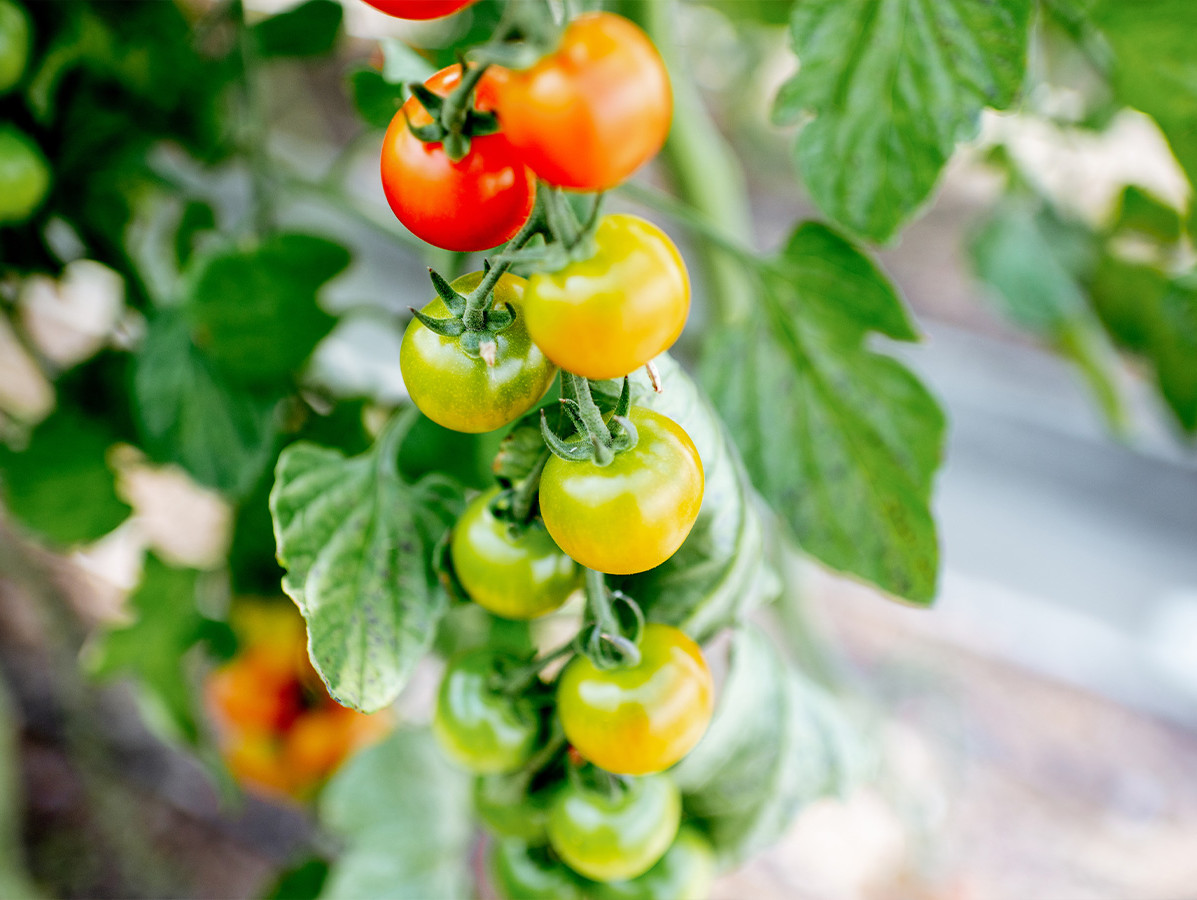
Are food producers able to absorb the high input costs, including energy, now that they remain high for the time being? In addition, companies also have to deal with large differences in compensation measures from national governments for both citizens and energy-intensive sectors. Companies need a lot of resilience to cope with these changes to ensure business continuity. On top of that, not all countries are equally dependent on gas as an energy source. Dutch companies are particularly affected by this. This article focuses on measures companies can take and what they will need to prepare for.
Back in 2019 when energy markets were still calm, energy had a 2% share in the total costs of food manufacturers in the EU. Right now, the share ranges between 7.5-10% (without price caps or compensation). Some food manufacturers have seen their energy bills rise to up to 30% of their total costs.
There are large differences between what companies are paying for energy because some still have longer-term fixed contracts, while others had to renew their contracts at much higher rates. Differences will become less pronounced in the months ahead as older contracts and lucrative hedges expire and government support measures level out some variances.
Besides the direct impact on costs, there is also a pass-through of higher energy prices towards food makers. Agriculture is generally quite energy intensive, and this is especially the case for horticulture under glass and mushroom growing. Energy represented 25% of total costs in Dutch horticulture in 2021 and, based on energy prices in 2022, that share has gone up to more than 60%.
Thus far, food manufacturing output has proven to be quite resilient, aided by the ability to pass on (some of) the higher costs to customers and consumers. Still, food production data up until August 2022 show that production volumes in the food and beverage industry in the EU are higher this year compared to 2021. The long-term trend shows that output volumes are generally not very susceptible to external shocks, apart from a considerable drop at the start of the Covid-19 pandemic.
There are two mechanisms that help to safeguard EU food production. First, international trade and substitution allow food processors to keep facilities running in case European agricultural supplies fall short. Second, food producers also benefit from government support measures aimed at cushioning the impact of high energy prices on companies and consumers.
The introduction of all sorts of national energy support measures for companies will temporarily distort competition in multiple ways. This is very relevant as food and beverage is a major export category. Hence, calls from food industry associations to maintain a level playing field have become louder over the last couple of months. However, differences between countries are likely to grow as some countries have more fiscal room than others.
Energy prices in Europe will stay at relatively high levels for several years. Assuming energy support measures to be temporary means that the competitiveness of European food products in global markets will deteriorate to some extent. Still, global demand for calories is strong due to population and welfare growth, although affordability is a growing issue. ING expects that the general competitiveness of more premium products such as infant formula, beer or frozen fries will be impacted less. But for staple products such as milk powder, olive oil and pig meat, the EU Commission’s Agricultural Outlook has already signalled a decline in 2022 export volumes.
Out of seven major EU food-producing countries, the importance of gas as a source of energy is highest in Benelux (Belgium, the Netherlands, and Luxembourg) and lowest in Spain and Poland. A large part of the electricity supply in the Benelux comes from gas-fired power plants. The possibility of gas rationing is a serious downward risk for companies that use gas. Another risk is that EU member states are supposed to reduce electricity demand during peak hours between 1 December 2022 and 31 March 2023. This could force companies to shift more production toward night or weekend shifts or reduce output in case this is not possible.
The current level of food inflation leads to various shifts in food consumption. The impact of high energy prices might be best visible in the fruit and vegetable section in supermarkets. Here there will be all sorts of substitution effects on display this winter. Due to more energy-intensive processing, conserved and frozen vegetables are becoming less competitive compared to fresh vegetables. On top of that, growing tomatoes, cucumbers and peppers has become a lot less attractive this winter for many horticulture growers in northwestern Europe. If they leave their greenhouses empty, retailers are likely to source more vegetables from growers in Spain, Italy, Morocco and Turkey. These products need less energy to grow, but still require more expensive diesel to transport.
Contingency planning is likely to be a major talking point in strategy discussions for 2023 and beyond. For food manufacturers, reducing their output on short notice is often not easy. This is especially true for companies that have contracted a certain volume of agricultural inputs. On top of that, if they reduce output they risk losing contracts and customers.
Follow-up actions for food manufacturers:
This year, the EU has been able to fill gas storage to the current levels partly because there has still been Russian gas available. Futures markets now seem to be concerned about next winter and Europe’s ability to build stocks without the Russian gas supply. In the event of an ongoing supply squeeze, it can be a burden for food manufacturers with many newer or retrofitted food production plants having been catered to run on gas over the past decade. Such concerns provide a clear incentive for food companies to rethink their longer-term energy strategies, including aspects such as contracting energy supply, the optimal energy mix and related investments.
Source: ING